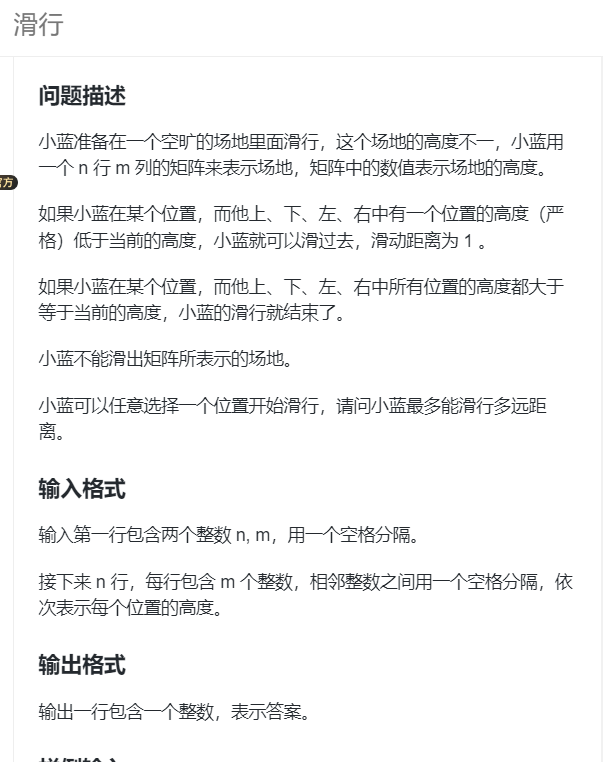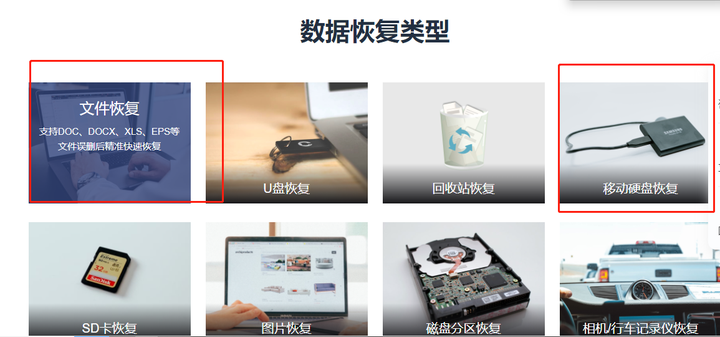What Is Peripheral Component Interconnect (PCI)?
什么是外设组件互连(PCI)?
PCI bus connects peripherals to the motherboard
PCI 总线将外设与主板连接起来
By Mark Casey Updated on October 17, 2021
Reviewed by Ryan Perian
外围组件互连(Peripheral Component Interconnect)是将计算机外围设备连接到主板的通用连接接口。PCI 在 1995 年至 2005 年间非常流行,最常用于连接声卡、网卡和显卡。
注:PCI 也是其他无关技术术语的缩写,如协议能力指示器、程序控制中断、面板调用指示器、个人计算机接口等。
Peripheral Component Interconnect is a common connection interface for attaching computer peripherals to the motherboard. PCI was popular between 1995 and 2005 and was most often used to connect sound cards, network cards, and video cards.
Note: PCI is also an abbreviation for other unrelated technical terms, like protocol capability indicator, program-controlled interrupt, panel call indicator, personal computer interface, and more.

[ STARTECH-PCI1394B-Firewire-card ]
Is PCI Still Used Today?
现代计算机主要使用 USB 或 PCI Express(PCIe)等其他接口技术。一些台式电脑的主板上可能有 PCI 插槽,以保持向后兼容性。不过,以前作为 PCI 扩展卡连接的设备现在要么集成到主板上,要么通过 PCIe 等其他连接器连接。
Modern computers mainly use other interface technologies like USB or PCI Express (PCIe). Some desktop computers might have PCI slots on the motherboard to maintain backward compatibility. However, the devices that were attached as PCI expansion cards are now either integrated onto motherboards or attached by other connectors like PCIe.
Other Names for PCI
PCI 单元称为 PCI 总线。总线是计算机组件之间路径的术语。你可能还会看到这个术语被描述为传统 PCI。不过,不要将 PCI 与 PCI compliance(意为支付卡行业合规性)或 PCI DSS(意为支付卡行业数据安全标准)混淆。
A PCI unit is called a PCI bus. A bus is a term for a path between the components of a computer. You might also see this term described as conventional PCI. However, don't confuse PCI with PCI compliance, which means payment card industry compliance, or PCI DSS, which means payment card industry data security standard.
How Does PCI Work?
PCI 总线可让你更换连接到计算机系统的不同外设。通常,主板上有三个或四个 PCI 插槽。有了 PCI,你可以拔下要更换的组件,然后将新组件插入 PCI 插槽。如果有一个开放的插槽,就可以添加另一个外设,如第二个硬盘驱动器。
A PCI bus lets you change different peripherals that are attached to the computer system. Usually, there are three or four PCI slots on a motherboard. With PCI, you can unplug the component you want to swap and plug in the new one in the PCI slot. If you have an open slot, you can add another peripheral like a second hard drive.
计算机可能有不止一种类型的总线,以处理不同的流量类型。PCI 总线过去有 32 位和 64 位两种版本。PCI 的运行频率为 33 MHz 或 66 MHz。
Computers might have more than one type of bus to handle different traffic types. The PCI bus used to come in both 32-bit and 64-bit versions. PCI runs at 33 MHz or 66 MHz.
PCI Cards
PCI 卡有多种形状和尺寸,也称为外形尺寸。全尺寸 PCI 卡长 312 毫米。短卡从 119 毫米到 167 毫米不等,适合较小的插槽。还有其他一些变体,如紧凑型 PCI、迷你 PCI、Low-Profile PCI 等。
PCI 卡使用 47 个引脚连接,PCI 支持使用 5 伏或 3.3 伏电压的设备。
PCI cards come in several shapes and sizes, also known as form factors. Full-size PCI cards are 312 millimeters long. Short cards range from 119 to 167 millimeters and fit into smaller slots. There are other variations, such as compact PCI, Mini PCI, Low-Profile PCI, and others.
PCI cards use 47 pins to connect, and PCI supports devices that use 5 volts or 3.3 volts.
Peripheral Component Interconnect History
英特尔公司于 20 世纪 90 年代初开发出 PCI 总线。它通过连接前端总线和最终连接 CPU 的桥接器,为连接设备提供直接访问系统内存的功能。PCI 1.0 于 1992 年发布,PCI 2.0 于 1993 年发布,PCI 2.1 于 1995 年发布,PCI 2.2 于 1998 年发布,PCI 2.3 于 2002 年发布,PCI 3.0 于 2004 年发布。
1995 年 Windows 95 推出即插即用(PnP)功能后,PCI 开始流行起来。英特尔公司将 PnP 标准纳入 PCI,使其比 ISA 更具优势。PCI 不像 ISA 那样需要跳线或拨码开关。
PCIe 在 PCI 的基础上进行了改进,具有更高的最大系统总线吞吐量、更少的 I/O 引脚数和更小的物理尺寸。它由英特尔公司和 Arapaho 工作组共同开发。到 2012 年,它已成为 PC 的主要主板级互连,并取代加速图形端口,成为新系统显卡的默认接口。
PCI-X 是一种与 PCI 相似的技术。PCI-X 是 Peripheral Component Interconnect eXtended 的缩写,它提高了服务器和工作站 32 位 PCI 总线的带宽。
Intel developed the PCI bus in the early 1990s. It provided direct access to system memory for connected devices through a bridge connecting to the front-side bus and eventually to the CPU. PCI 1.0 was released in 1992, PCI 2.0 in 1993, PCI 2.1 in 1995, PCI 2.2 in 1998, PCI 2.3 in 2002, and PCI 3.0 in 2004.
PCI became popular when Windows 95 introduced its Plug and Play (PnP) feature in 1995. Intel had incorporated the PnP standard into PCI, which gave it an advantage over ISA. PCI didn't require jumpers or dip switches, as ISA did.
PCIe improved on PCI and has a higher maximum system bus throughput, a lower I/O pin count, and is smaller physically. It was developed by Intel and the Arapaho Work Group. It became the primary motherboard-level interconnect for PCs by 2012 and replaced Accelerated Graphics Port as the default interface for graphics cards for new systems.
PCI-X is a similar technology to PCI. Standing for Peripheral Component Interconnect eXtended, PCI-X improves bandwidth on the 32-bit PCI bus for servers and workstations.
参考:
What Is Peripheral Component Interconnect (PCI)? (lifewire.com)


















